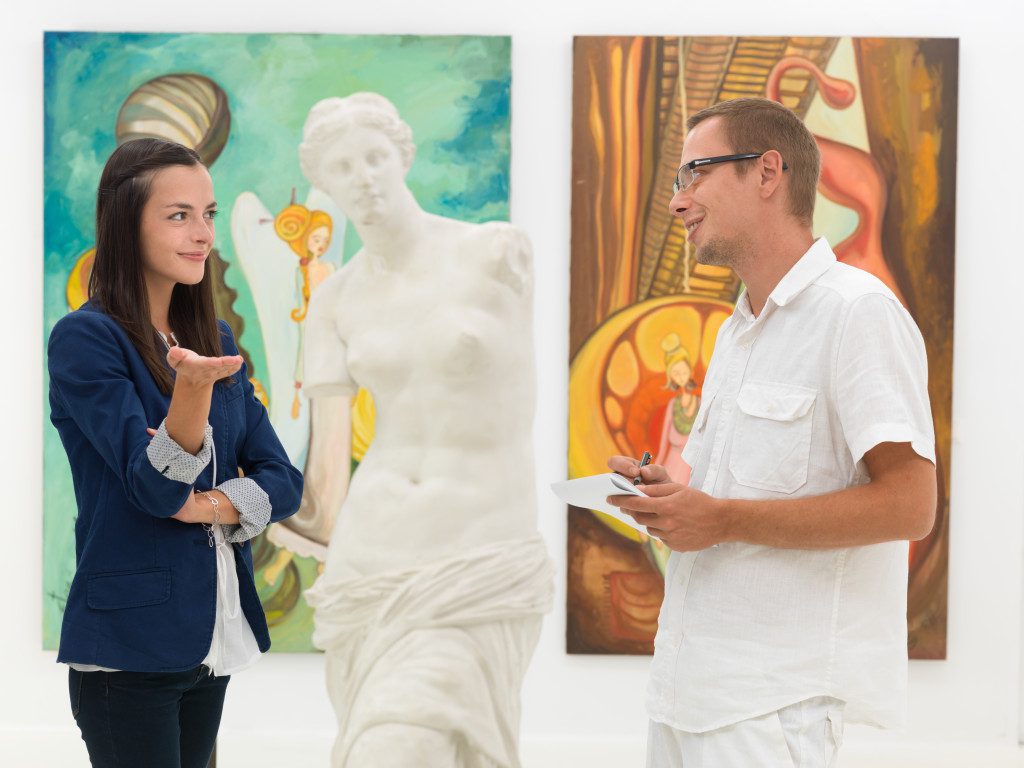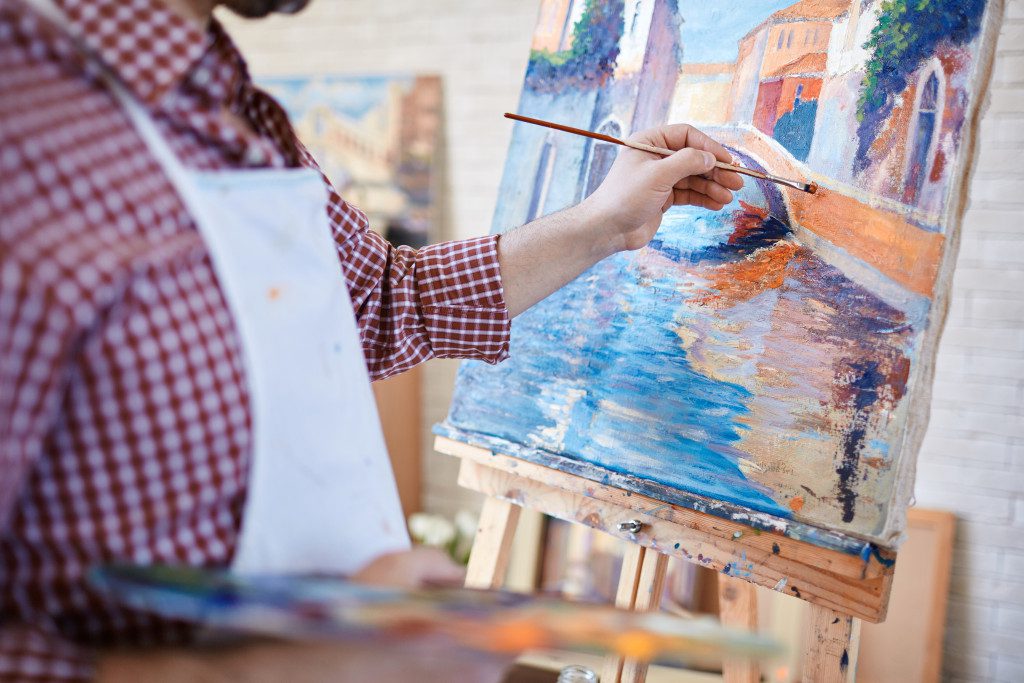- Creating unique and authentic artwork is the foundation for increasing its value.
- Consider using exemplary art reproduction services to expand your market reach and make your artwork more accessible.
- Building a strong reputation through professionalism, networking, consistent work, and online presence can increase the value of your artwork.
- The materials used in creating artwork also contribute to its value, so invest in high-quality materials.
Art is an expression of creativity, passion, and emotion that carries a story and holds value. As an artist, you showcase and sell your artwork based on its appeal to your audience. However, selling your artwork does not guarantee lasting value in the market.
The overall value of your artwork depends on several factors, including its uniqueness, authenticity, reputation, materials used, and historical significance. This blog post will explore some techniques you can use to increase the value of your artwork and boost your sales.
Create Unique and Authentic Artwork
Creating unique and authentic artwork is the foundation for increasing your artwork’s value. Your artwork’s uniqueness and originality set it apart from other pieces in the market. Invest your time, skill, and creativity to bring out your unique style in every article you create.
In addition, ensure that your artwork is authentic, meaning it is an original piece, not a copy or a replica of another artist’s work. Authenticity guarantees trust from your clients and collectors, which, in turn, increases the value of your artwork.
Consider Fine Art Reproduction Services
Fine art reproduction services are a great way to create high-quality copies of your original artwork. This allows you to expand your market reach and make your artwork more accessible to a wider audience. With advances in technology, fine art reproduction services can produce precise and accurate replicas that capture the true essence of your original piece.
These reproductions can be sold at a lower price point, making your artwork more affordable for potential buyers while still generating revenue for you. Moreover, having reproductions of your original artwork can also increase the value of your original piece as it becomes more widely recognized and appreciated.
Build a Strong Reputation

A good reputation can mean the difference between being selected for exhibitions, selling work, and getting commissions or being overlooked. Building a reputation takes time and effort, but there are strategies you can use to build a strong reputation. Here are some tips:
Show professionalism at all times
One of the keys to building a solid reputation as an artist is always to show professionalism. This includes interactions with potential clients, other artists, and anyone else you encounter in your artistic career. Being professional means showing up on time, meeting deadlines, responding to inquiries, and communicating clearly. It also means treating others with respect and showing integrity in your work.
Network and build relationships
Networking and building relationships are critical to building an artist’s solid reputation. This means attending exhibitions and events, workshops, and other art-related functions and connecting with other artists, curators, gallery owners, and potential clients. Building relationships takes time and effort, but it can be one of the most effective ways to grow your professional network and develop your reputation.
Develop a consistent body of work
A consistent body of high-quality work that reflects your unique style as an artist is essential to building a solid reputation. This means taking your time to develop your skills and style and focusing on creating quality work rather than quantity. Avoid making simply trendy work, as this can hurt your reputation in the long run.
Build an online presence
In today’s digital age, having an online presence is critical to building a solid reputation as an artist. This means creating a website, social media profiles, and other online platforms to showcase your work and connect with potential clients and other artists. Your online presence should be professional and consistent with your brand as an artist.
Use Quality Materials

The materials you use in creating your artwork also contribute to its value. High-quality materials, such as archival paper, acid-free canvases, and high-quality paints and brushes, ensure your artwork’s durability and longevity, making it attractive to collectors.
Poor quality materials may result in discoloration, fading, and damage, which will decrease the value of your artwork. Therefore, invest in quality materials to ensure your artwork stands the test of time and maintains its importance in the market.
The Bottomline
As an artist, increasing the value of your artwork is vital to your success in the art market. By implementing these techniques, you can increase the value of your artwork and attract more sales and collectors. With dedication and hard work, your artwork will stand out in the market, and its value will continue to grow.


